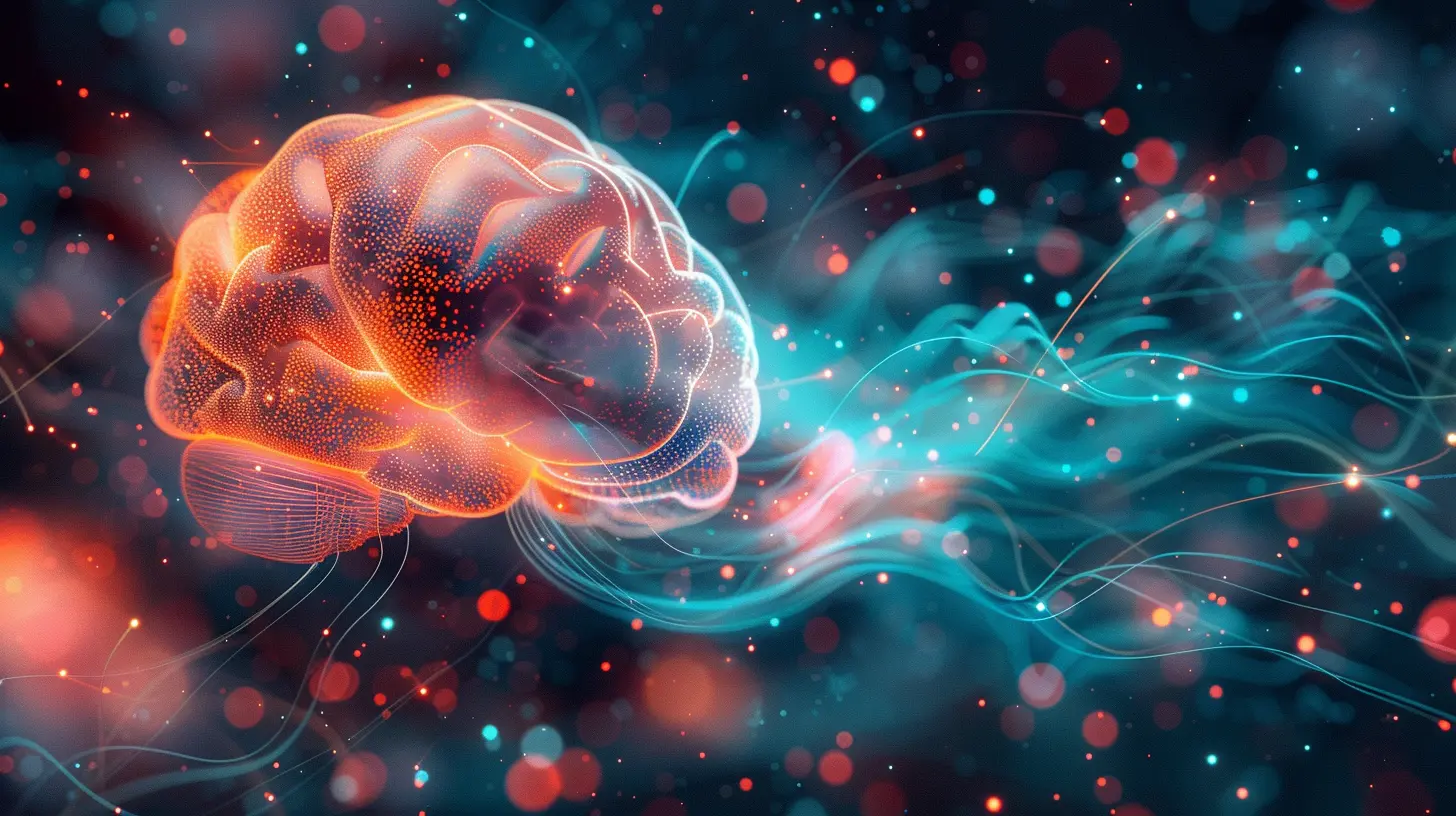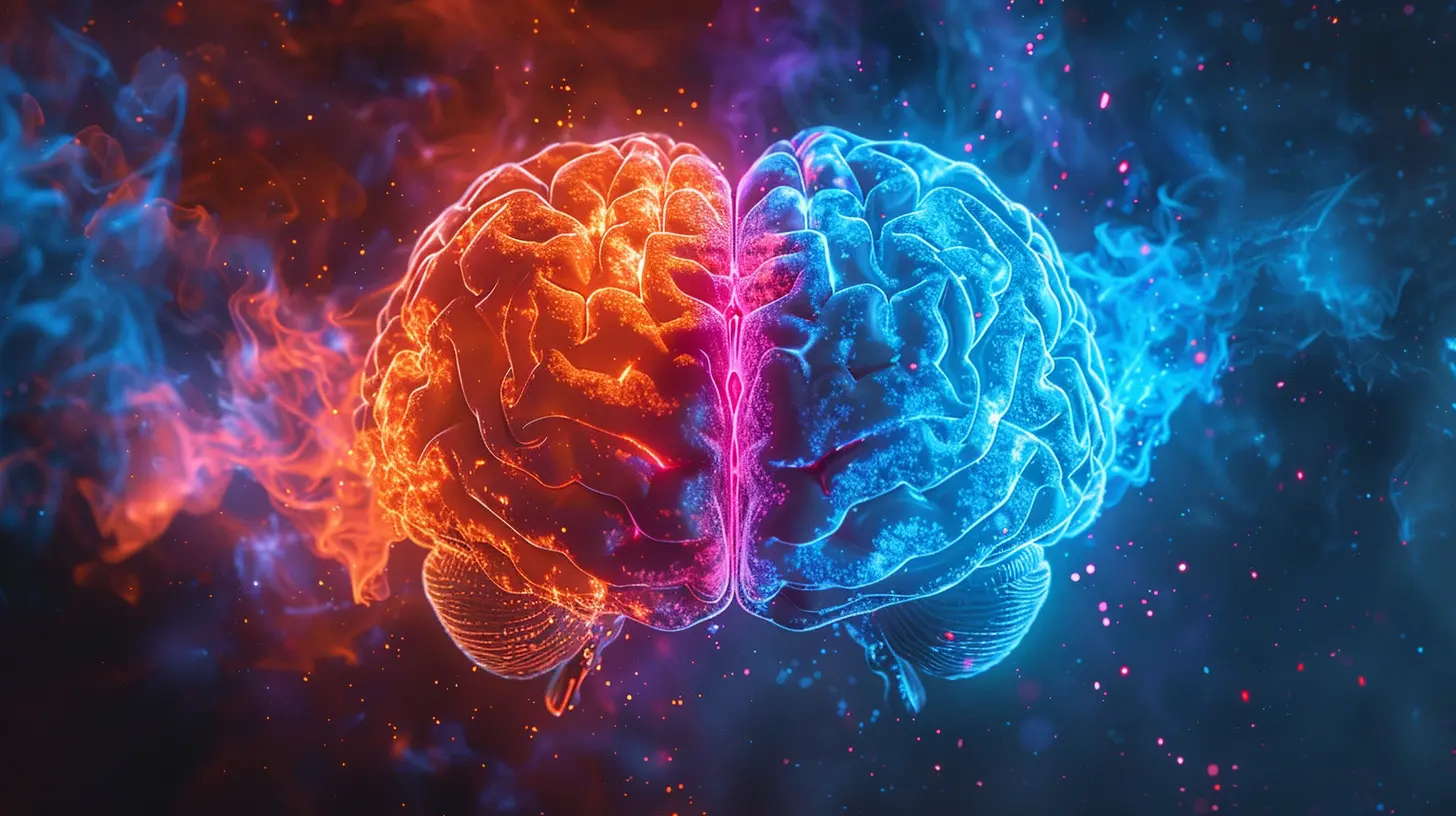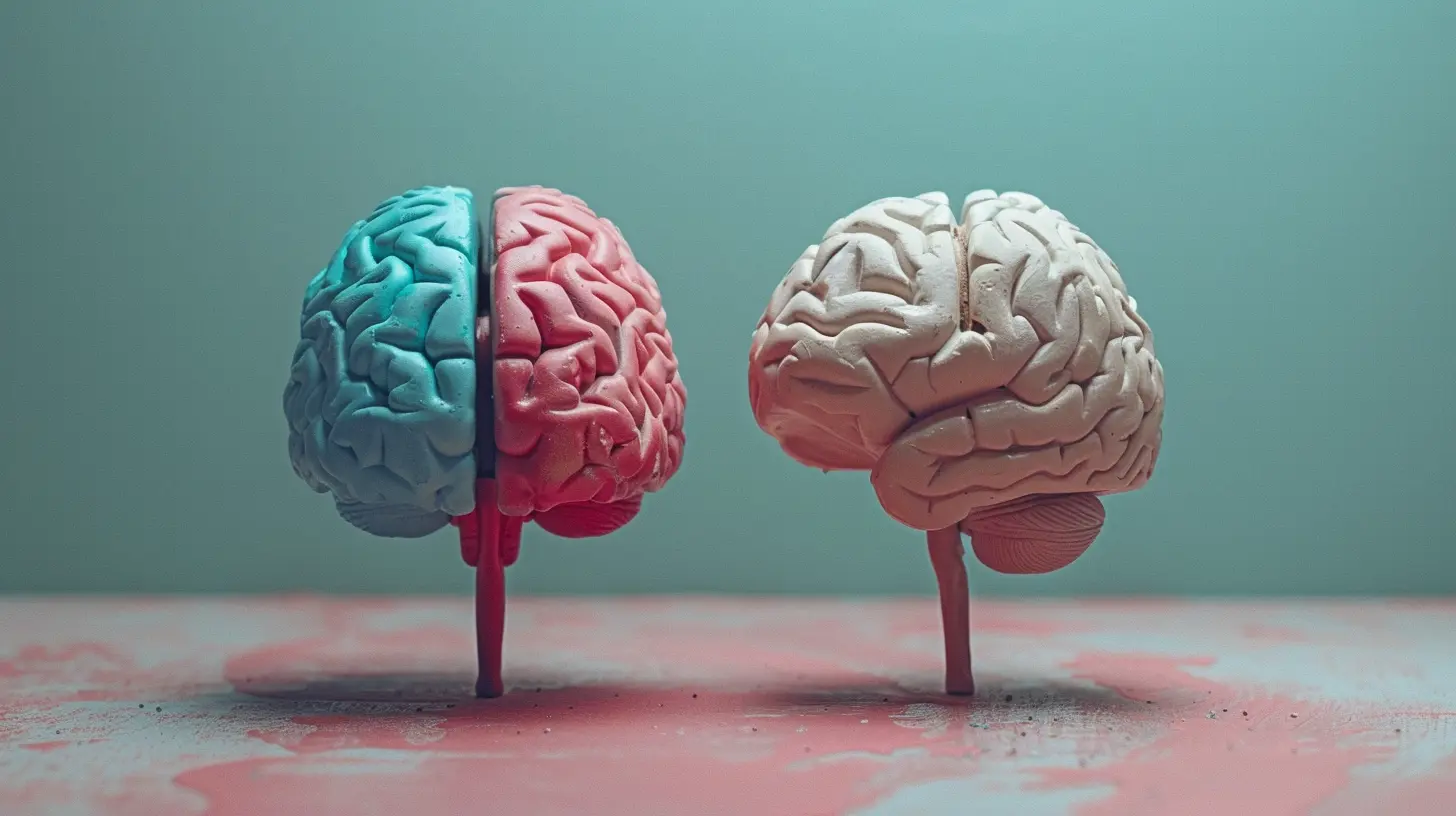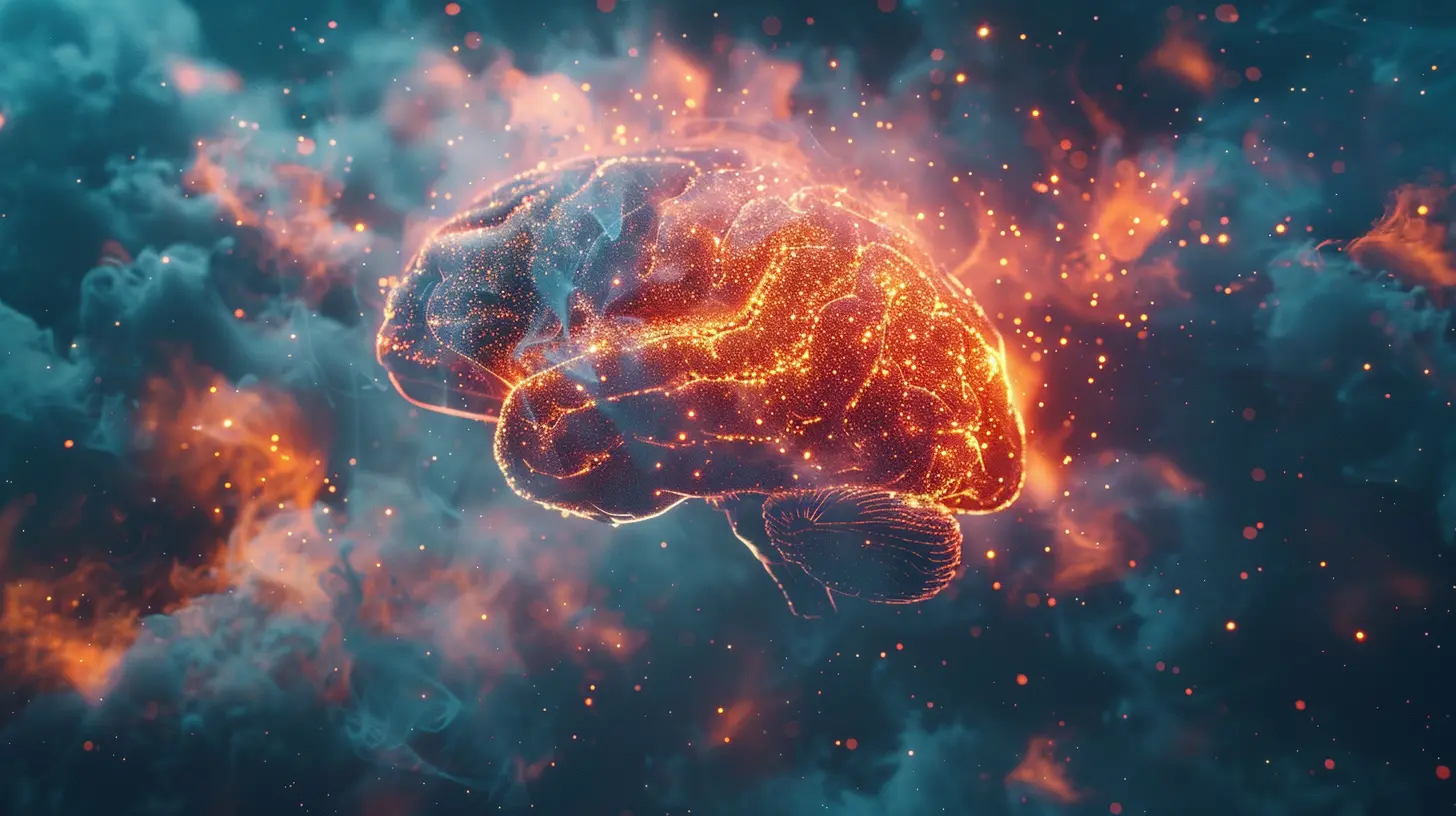Dopamine and Decision Making: The Brain's Reward System Explained
27 October 2025
Ever wonder why you reach for that fourth cookie even though you swore you’d stop at two? Or why binge-watching your favorite Netflix show feels oddly satisfying despite your looming to-do list? Meet dopamine — your brain’s own little hype-person when it comes to rewards and decisions.
In this article, we’re going to have a fun, brainy chat about dopamine and how it nudges you toward the choices you make every day. No stiff science lecture here — just friendly, relatable insight into how your brain’s reward system really works!
🧠 First Things First — What Is Dopamine, Anyway?
Alright, let’s break it down. Dopamine is a neurotransmitter — basically, a tiny chemical messenger that zips around your brain, helping neurons talk to each other. But dopamine isn't just chit-chatting for fun. Nope, it’s all about motivation, pleasure, and reinforcement.In simpler terms? Think of dopamine as your brain’s internal “like” button. Every time you do something enjoyable — like eating chocolate, winning a game, or even checking off a to-do — there’s a little dopamine release that says, “Oh yeah, we love this. Let’s do it again!”
🎁 Meet Your Brain’s Reward System
Imagine your brain has a built-in reward center — like a casino, but way more productive (most of the time). This system includes parts like:- The Ventral Tegmental Area (VTA): Where dopamine is born.
- The Nucleus Accumbens: Where the party happens — dopamine gets released here when you experience something rewarding.
- The Prefrontal Cortex: The decision-maker. It helps weigh pros and cons and process that delicious dopamine rush.
So, when you do something enjoyable, this entire system lights up like Times Square. It’s your brain going, “Heck yes, that was awesome! Let's remember it and do it again soon.”
🧩 Dopamine and Decision Making: The Link
Now, here’s where things get really interesting. Dopamine doesn’t just celebrate your wins — it influences your decisions before you even act!Let me explain.
Dopamine plays a huge role in what’s called "reward prediction." That’s your brain’s way of guessing how satisfying a decision might be. When it thinks the result will feel good, dopamine spikes. That little boost nudges you in that direction.
For example, if you're eyeing a doughnut, dopamine might chime in: “Mmm... remember last time? So fluffy. So sugary. Go for it!” And just like that, you're reaching for the doughnut, whether or not that was your original plan.
🧠 Anticipation vs. Actual Reward — Tricky, Right?
Here’s a twist: dopamine is often more involved in the anticipation of a reward than the reward itself.Yep, dopamine spikes when you think something exciting is about to happen, not necessarily when it does. That’s why scrolling through social media — waiting for likes, notifications, or new content — can feel addictive. It’s not because every post is thrilling, but because your brain’s reward center is on high alert, expecting something good.
We're basically dopamine junkies chasing the next hit of potential pleasure.
💰 Dopamine, Risk, and Gambling With Decisions
Ever wonder why people take risks, even when the payoff is uncertain? You guessed it — dopamine is in the background, whispering, “C’mon... what if it works out?”The thrill of uncertainty causes a bigger dopamine release than predictable outcomes. That’s why things like gambling, stock trading, or even blind dates can feel so exciting. It’s not just the success you crave — it's the chase, the “maybe,” the unknown.
🔁 Habits, Rewards, and That Funky Feedback Loop
So, here’s how it usually goes down:1. You do something pleasurable (e.g., eat pizza).
2. Dopamine spikes.
3. Your brain makes a mental note: “That felt good.”
4. Next time you're hungry? Boom — pizza sounds amazing again.
Voila! A habit is born. The more you repeat this loop, the stronger the connection. That’s how both good and bad habits are formed. Dopamine doesn’t care if the reward is healthy or not — it just says, “Hey, we liked that. Let’s do it again.”
🧃 Quick Science Snack: Dopamine Isn’t About Pleasure Alone
Here's a curveball: dopamine isn’t just the "pleasure chemical." It's more accurate to say it’s about motivation and drive. It pushes you toward rewards, urging you to do stuff that might be enjoyable.So while it’s closely related to pleasure, it’s really your internal cheerleader saying, “Go get that win!”
🧠 How Low or High Dopamine Levels Impact Decisions
Too little dopamine? You might feel unmotivated, sluggish, or indecisive. It’s like trying to run a marathon with jelly legs.Too much dopamine? You might get impulsive, overconfident, or risk-happy — chasing rewards without thinking through the consequences.
Neither extreme is great, which is why your brain works hard to keep things balanced.
✨ Fun Fact: Dopamine and Love — Is It All Just Chemistry?
If you've ever fallen head over heels and felt like you’re on cloud nine, that's dopamine doing its thing again. Romantic love, especially in the honeymoon phase, causes massive dopamine surges. All those butterflies? Just your brain saying, “This is amazing — more, please!”So yes, your crush might feel one-of-a-kind, but your brain is just tossing glitter around its reward center. Cute, right?
🧘 Dopamine and Delayed Gratification — Training Your Brain
Here's the grown-up part of dopamine: learning patience.Delayed gratification — like saving money instead of spending it or eating a salad instead of cake — means resisting the instant hit of dopamine for a bigger reward later. And guess what? You can train your brain to get better at this.
How? By practicing small, consistent choices and rewarding yourself along the way. Every time you override your impulses, you’re not just building character — you’re rewiring your reward system.
It's kind of like leveling up in a video game. The more you play (a.k.a., practice), the better your dopamine system gets at supporting long-term wins over short-term indulgence.
📱 Dopamine in the Digital Age — Swipe, Scroll, Repeat
Nowadays, our phones are basically dopamine slot machines. Notifications, messages, likes — they all feed our craving for instant gratification.Every ping and buzz is a chance for dopamine to come out and play. And while that’s not necessarily bad, too much digital stimulation can desensitize your reward system. That means you need more to feel the same hit, leaving you in a bit of a dopamine drought.
The fix? Unplug occasionally. Go for a walk, meditate, pet a dog — give your brain a break so it can restore its balance.
💡 How to Use Dopamine to Your Advantage
Here’s the real gold: you can hack your dopamine system to make better decisions and build healthier habits. Here’s how:- Celebrate small wins: Tick off that to-do list. Your brain loves it.
- Break big goals into chunks: Dopamine spikes with progress, so keep it coming!
- Surround yourself with positive feedback: Encouragement boosts motivation.
- Use temptation bundling: Pair something fun (like listening to music) with something boring (like cleaning).
- Set rewards: Promise yourself a treat after completing a tough task.
The goal isn’t to eliminate dopamine hits — it’s to channel them in ways that serve you.
❤️ Final Thoughts: Your Brain Is a Pretty Cool Teammate
Dopamine can feel like a mischievous roommate — always chasing pleasure and quick wins. But when you learn how it works, you can actually team up with it.Remember, your brain isn’t out to sabotage you. It just responds to what you feed it — and with a little awareness, you can train it to crave things that move your life forward.
So the next time you find yourself making a choice — whether it’s dessert, dating, or dialing into work — pause and ask: “Is this dopamine talking?” Because chances are, it totally is.
all images in this post were generated using AI tools
Category:
NeuroscienceAuthor:

Eliana Burton

